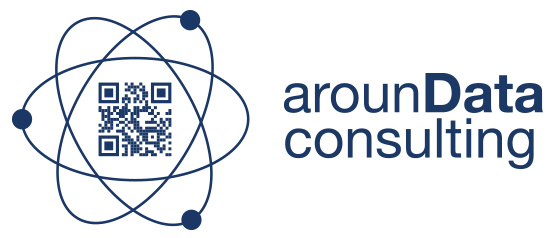
The pharmaceutical industry faces different legal deadlines for publishing a growing volume of product data, to different authorities and instances, worldwide, in different formats files and data, on different national data hubs and systems.
In order to address this challenge, it will need to rely on data management practices and experiences in other industries, particularly in consumer products:
- Data governance (who is responsible for what, when, what happens in case of change?)
- The quality and consistency of data across different networks, databases
- Involvement of regulators, marketing, sales, Supply Chain from inception in order to clearly specify the needs and try to anticipate future developments
The selection and the choice of computer solution should be made, once these elements have been clarified and mastered.
Indeed, national or supra-national regulations require tracing products and securing their supply chain. This implies to collect a large volume of product data, organize it and communicate it to a growing number of data consumers.
- The Falsified Medicine Directive in Europe and the US Drug Supply Chain Security Act require the pharmaceutical, on very short terms, to be able to authenticate the drug at each stage / event of the supply chain till the patient.
Other countries are introducing local regulations for product traceability. To add complexity, these regulations are not harmonized and have different applications from one country to another
- The IDMP standards for “IDentification of Medicinal Products” implement 5 ISO standards for a very detailed description of the drug. This data should be synchronized with databases in the different countries.
The deadline for implementation of the IDMP was 1st January 2017.
To these regulations, we can add the demands for a complete product information, from various other players in the healthcare sector (NHS in Great Britain, AMGROS in Denmark, Hospital sector in France ….
Thus, there is a demultiplication in the publication and synchronization channels for drug product data aside of an increasing volume of data to be managed As example, for a drug with the same active ingredient and dosage, there will be a variety of information and data to be managed per country The Product identifier could be an Internal identifier — GTIN, Numeric 14 — CIP code for France, Numeric 13 — nTIN code for Germany, Numeric 14 — and so on… Another example: The same drug will be classified as Rx in one country, OTC in another and MedicalDevice in a third … with obligations to provide different data and information according to classification and country. This explosion of data volume creates a clearly identified risk: a data base produced by country or by channel of publication. And according to “best practices” already seen in other sectors and companies, these databases will not be connected. They will manage redundant or even inconsistent product data. Thus, the issues for the pharmaceutical industry are:
- How to ensure the quality of information along the information chain to the patient?
- How to ensure consistency of information across multiple systems and countries?
- To meet these challenges, the pharmaceutical industry should:
- Ensure data governance. Data governance implies pro-active management of the company’s main assets.
In a simplified way, this means:
- Master the attribute: its definition, its semantics, its origin, its consumption, …
- Define responsibilities: Who owns the attribute, informs it, checks it, validates it, modifies it
- Define procedures: what happens in the event of a change?
- Ensure data quality: The lack of data quality is the main point of dissatisfaction of all the players in the Product Information Chain. This point is often overlooked because it is believed that the IT tool will solve everything. The quality of the data will be measured through different criterias: consistency, validity, availability, integrity, security, needs of the business
- Bring together the main actors: Every master data project is a transversal project in the company. This is not an IT project. There should be in all sessions and workshops, representatives of the Supply Chain, regulatory affairs, marketing and sales, finance.
The IT is there in support and technical validation of the chosen solutions.
By setting a data governance, the pharmaceutical industries will protect its most valuable asset: DATA.
With the introduction of these elements, any pharmaceutical company will be able to react immediately in case of any problem related to their products (falsification or other problem). The industrial will gain credibility and seriousness by quickly providing answers to authorities and patients.
